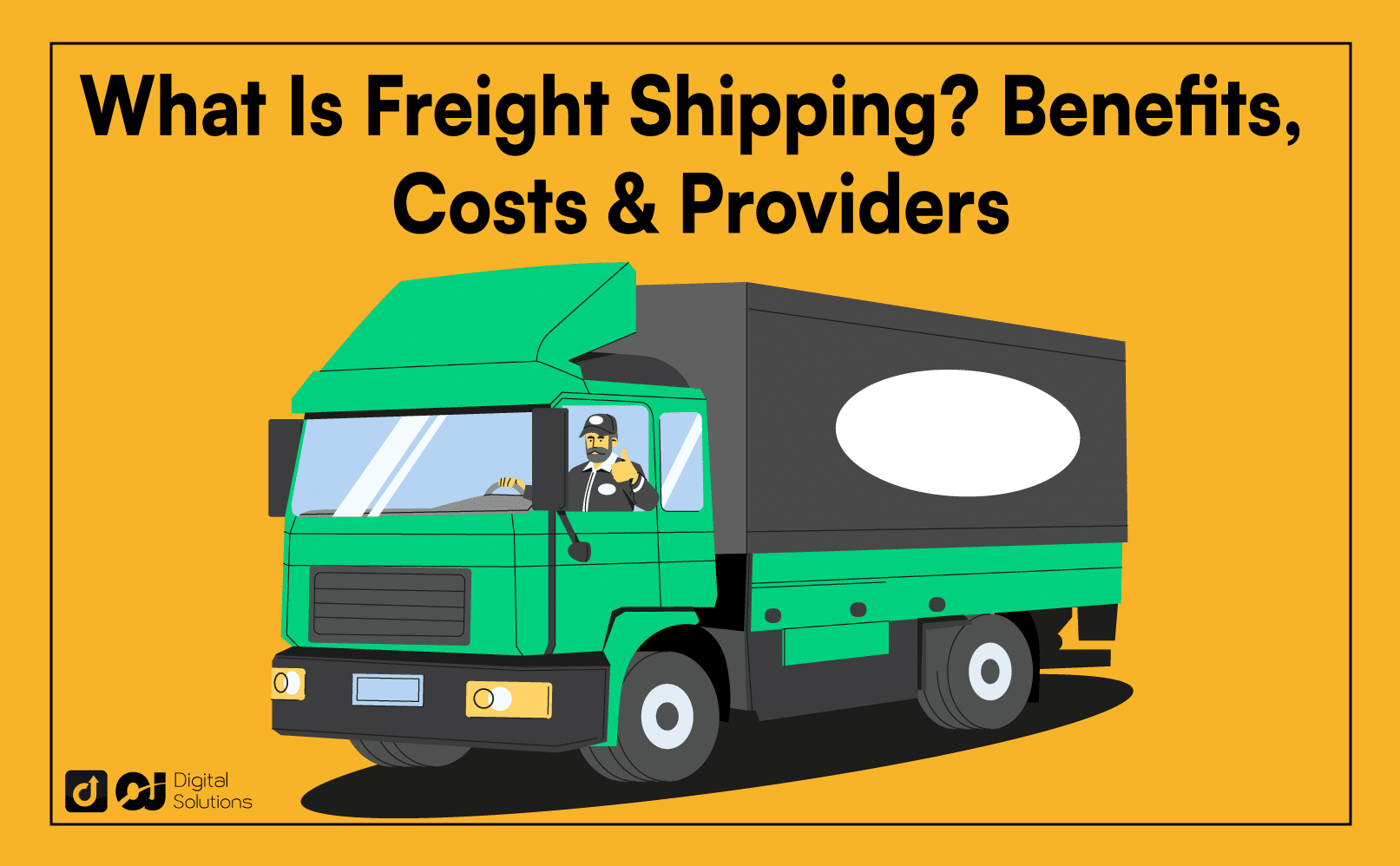Ecommerce companies rely on quick and efficient transportation of domestic and international goods. This is where freight shipping comes into play.
In this blog post, I’ll discuss what is freight shipping, how much it costs, and which freight service providers are worth considering.
Let’s dive in.
What is Freight Shipping? (Freight Shipping Meaning)
Freight shipping is the transportation of large volumes of goods and cargo by land, sea, or air. On the other hand, freight refers to the commodities transported by trains, trucks, ships, or planes.
For ecommerce companies, supermarkets, construction firms, and basically all product-based businesses, freight shipping is an integral part of their operations.
Freight Vs Shipping
Both freight and shipping involve transporting goods from one location to another through various transportation modes, including sea, road, railroad, and air.
Nevertheless, shipping is a more generalized, consumer-based term, while freight has a more commercial purpose (B2B relationships).
How Does Freight Shipping Work for Ecommerce Companies
Shipping freight is a complex process involving ship freight carriers, freight forwarders, and freight brokers all working together to get shipments from point A to point B in the quickest, safest, and cheapest way possible.
Here’s an overview of how the shipping freight process works.
Ecommerce stores and operators select a freight carrier to transport their goods.
The store must provide its carrier with information about the cargo, weight and dimension, destination, and specific handling instructions.
The freight carrier picks up the goods from the store’s warehouse.
The carrier loads the goods onto a truck and transports them to their destination. This may involve multiple stops and transportation modes like ships, planes, etc.
Upon arrival at its destination, the carrier or third-party freight provider unloads it from the truck and delivers it to the recipient on an agreed-upon timeframe.
The store receives an invoice from the carrier for its freight services.
What Classifies as a Freight Shipment?
If your shipment meets the criteria below, carriers will classify it as a freight shipment instead of parcel delivery.
Packages over 150 lbs.
Packages over 108 inches long
Packages over 165 inches in length and width combined
Aside from the quantity and dimension, another key difference between parcels and freight items is the recipient.
In general, parcel shipping involves transporting small shipments or boxes with individual labels. Companies send these packages to their customers who order their products online.
By contrast, freight shipments are a collection of boxes shipped on pallets. In addition, ecommerce stores, freight carriers, and freight service providers coordinate with one another to ensure the packages’ safe and timely delivery.
What Are the Different Freight Transportation Types?
Freight services use various kinds of transportation for the bulk shipments of goods.
Dry Van
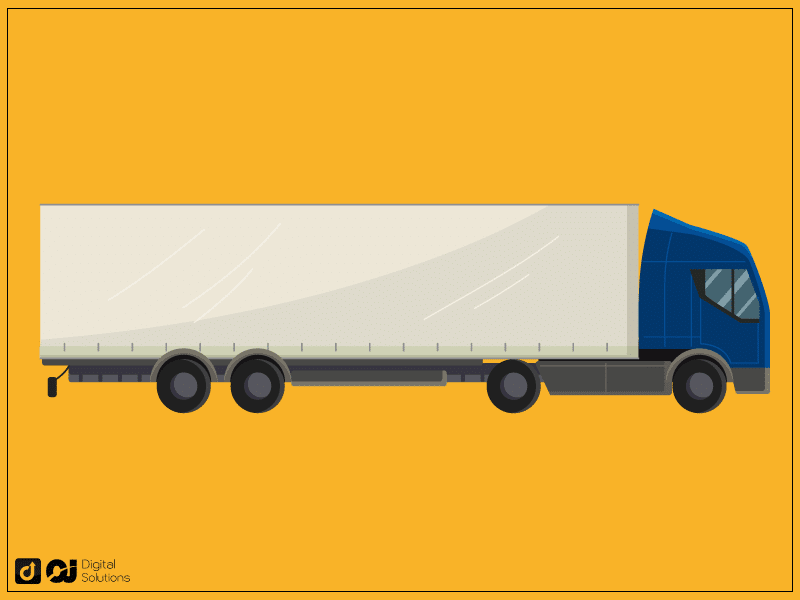
This van is usually between 48 and 53 feet long and often has a loading capacity of up to 15,000 lbs.
As the name suggests, dry vans are ideal for transporting dry goods or items that don’t require special handling or temperatures, such as textiles, toiletries, and grocery products that don’t contain liquid (e.g., sugar and flour).
Flatbed
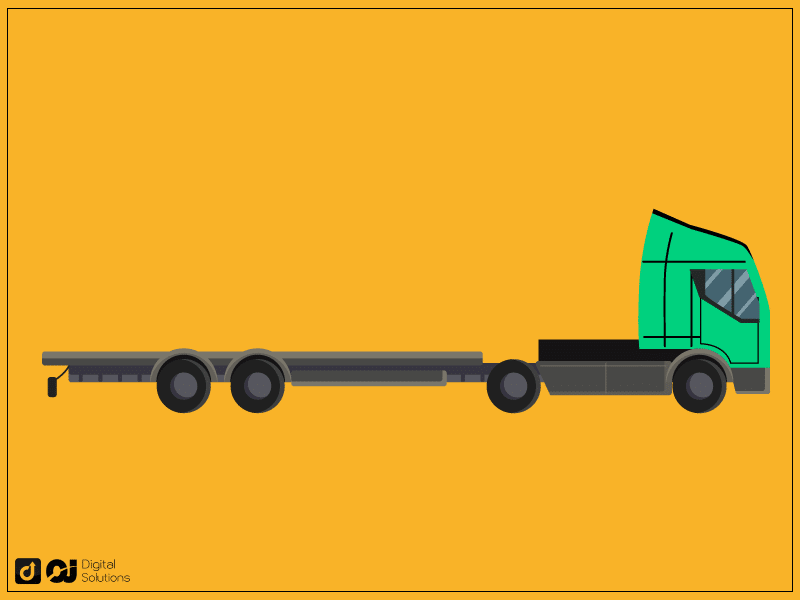
Companies use flatbeds for shipping bulkier goods that don’t require special freight carrier instructions, such as lumber and machinery.
Temperature-Controlled Vehicle
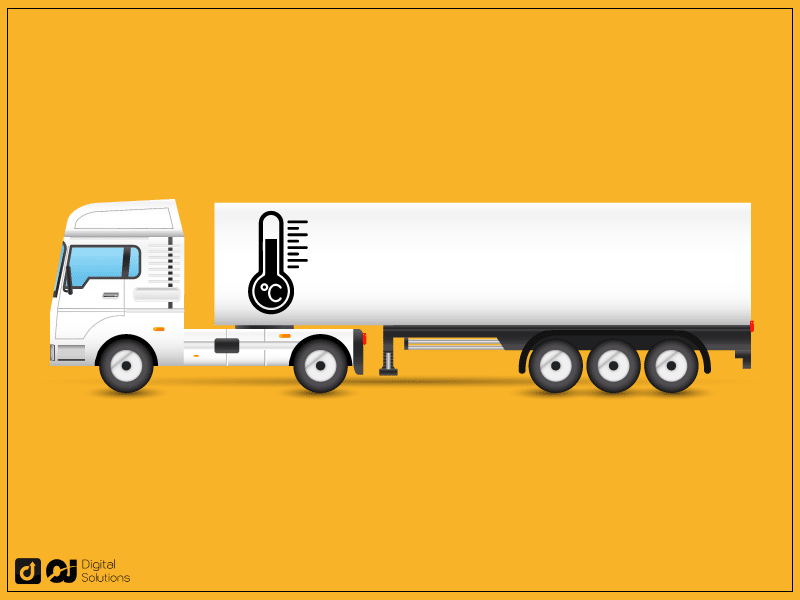
Companies use temperature-controlled vans to preserve the quality of perishable and climate-sensitive goods, such as food and pharmaceutical products.
What Are the Different Shipping Methods?
Just as there are various types of transportation, there are also different freight shipping methods.
Full Truckload or FTL
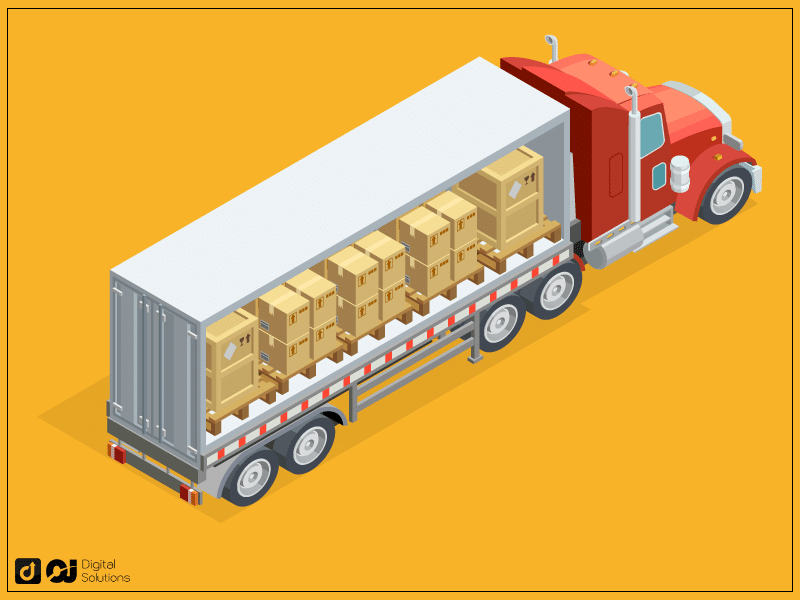
FTL carries and transports between 24 and 26 pallets to the destination by road.
Less Than Truckload or LTL
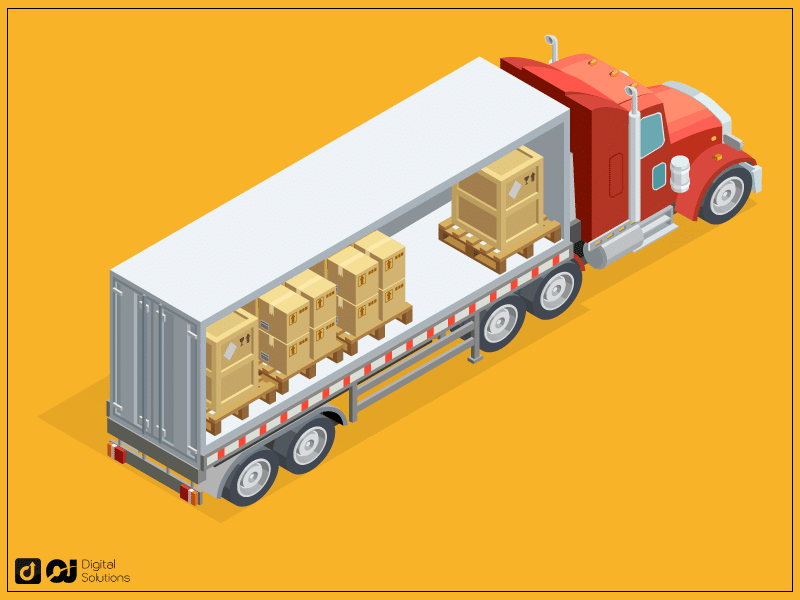
This shipping method does not fill a container, just one to six pallets. It also involves the use of different trucks to transport cargo to its final destination.
Partial Truckload
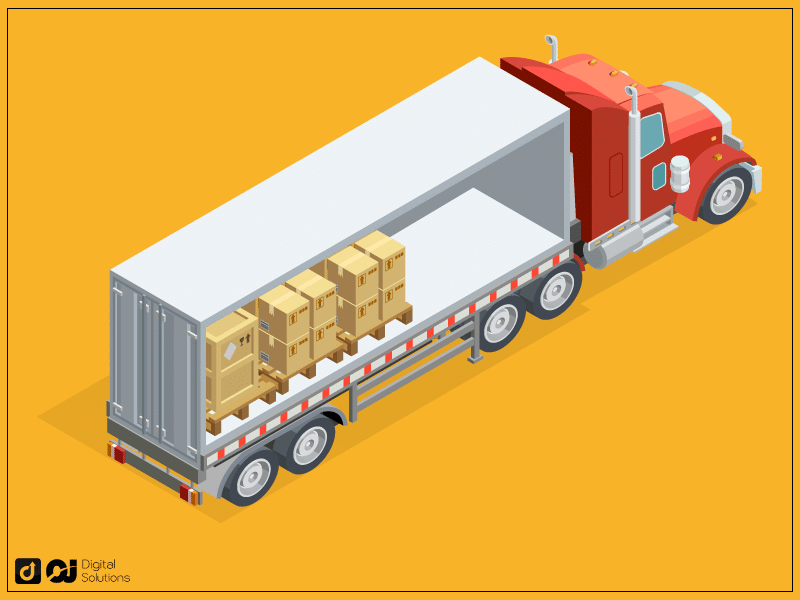
This shipping method carries between six and 12 pallets. Typically, it uses just a single truck to transfer commodities to their final destination. Check this guide to learn more about the standard pallet size.
Intermodal Freight
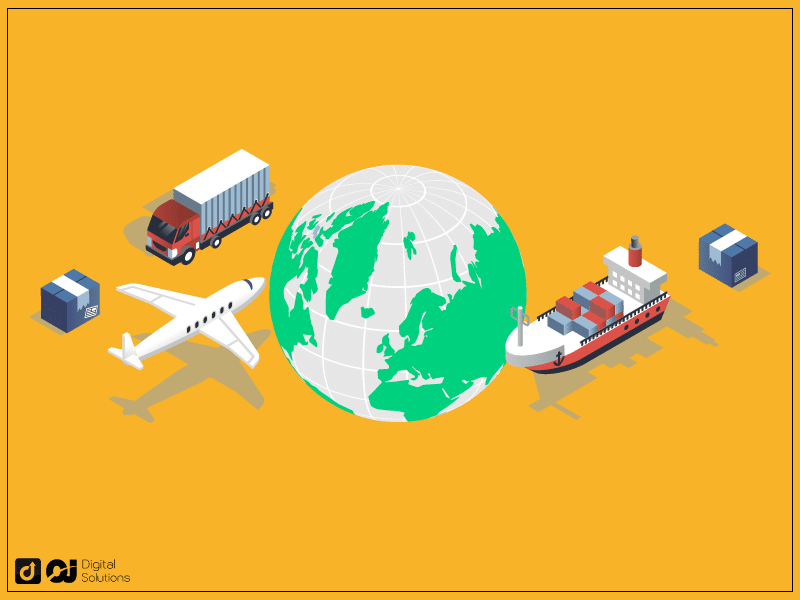
This freight shipping method uses multiple transportation vehicles, including trucks, ships, and trains. Carriers often use it to reduce fuel consumption and other costs.
Expedited Freight
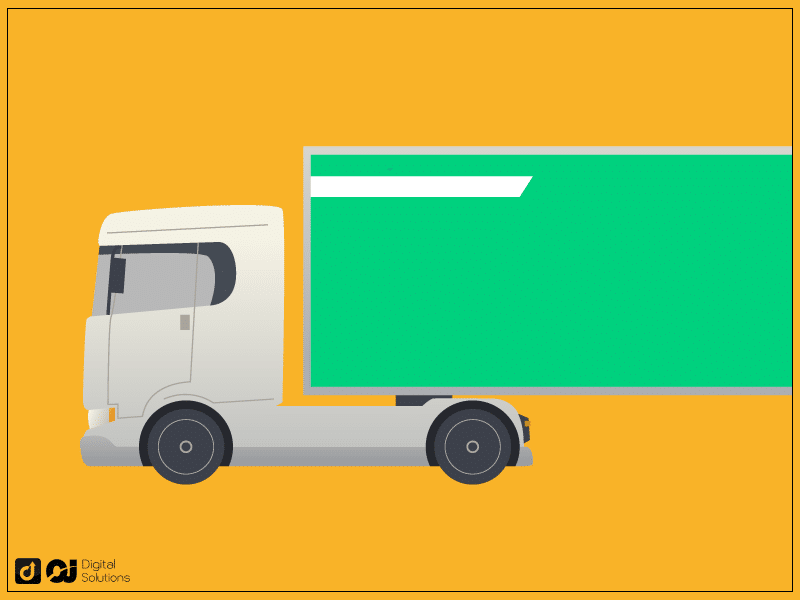
Expedited freight shipping transports time-sensitive, large-volume packages by land or air. This method is common when shipping perishable goods and seasonal products like holiday decorations.
What Is the Best Way to Transport Large-Volume Packages?
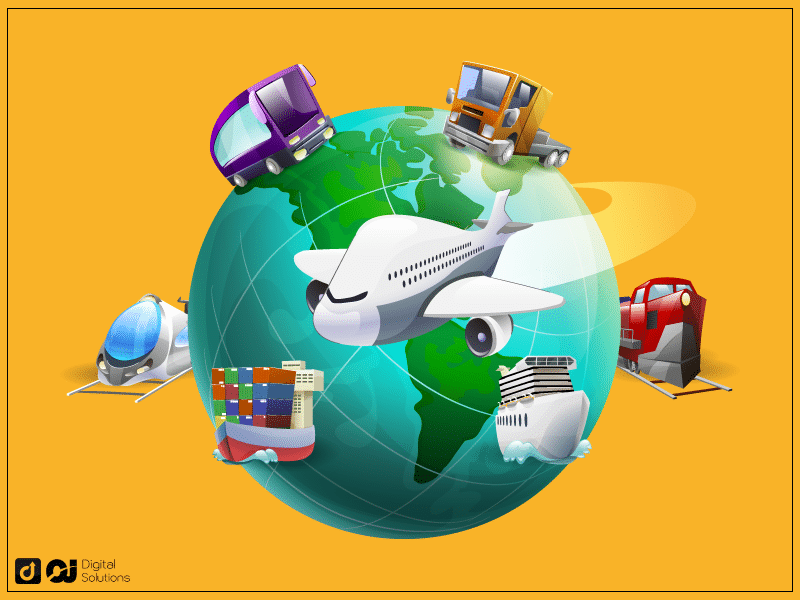
With different types of freight shipping methods, you might be wondering which one is the best way to transport goods.
The most suitable freight transport depends on multiple factors, including the type of goods, volume and quantity, timeframe, budget, and distance.
Road transport is ideal for transporting any type of goods within a short distance.
The railway is usually ideal as the delivery distance increases.
Air freight is the most expensive delivery method but also the fastest. It’s ideal when companies are transporting time-sensitive or perishable goods and need expedited shipping.
Ocean freight shipping is the most affordable way to transport large volumes of goods across borders. However, this is only ideal for dry and non-perishable goods that don’t require urgent consumption.
How Much Is Freight Shipping?
The freight shipping costs depend on several factors.
Origin and Destination
The greater the distance between point A and point B, the higher the shipping costs you should expect.
Weight and Size
The weight and dimension have a significant impact on the freight transportation cost. The heavier and bulkier the package is, the higher fee you need to pay.
Special Handling
Products such as perishable goods, hazardous materials, seafood, and flowers require special handling or equipment. Consequently, transporting them comes with additional charges that drive up the shipping cost.
Season
Weather can pose a challenge when moving goods, whether it’s highway closure due to snowstorms or violent ocean waves that cause delays. Simply put, the time of year also affects how much you pay.
Transportation Method
The freight delivery method has one of the biggest influences on the shipping cost. For instance, air freight is more expensive than shipping via road and sea.
To give you an example, imagine that the airfreight rate is $1.80/kg and your package weighs 270 kgs. This means your shipping cost is $486 plus some additional fees.
Every freight carrier has its own calculations, so if you want to know how much freight shipping costs, it’s ideal to get a quote from multiple providers.
What Is Freight Classification?
LTL freight carriers follow a uniform pricing structure called the National Motor Freight Classification (NMFC) code or class freight.
The freight class is based on density, weight, and value, with freight class numbers ranging between 50 and 500.
For example, unassembled furniture typically belongs to Class 110, home appliances fall under Class 60-400, and clothing applies to Class 175.
LTT carriers rely on freight class because it affects how much tariff they must pay to transport goods, which also affects the freight shipping rates and fees.
LTL carriers also care about freight class because they transport a variety of products on a single pallet. These goods do not share the same liability and density values or require the same handling and stowing efforts.
Unfortunately, some companies list an incorrect number or a lower freight class to save money. This practice only causes delays and additional fees because the carrier has to re-class the freight shipments.
LTL carriers use these four primary metrics to calculate a commodity’s overall transportability.
Commodity and Density. Density is the space a commodity occupies in relation to its weight.
Ease of Handling. A freight shipment that requires special care and attention due to its fragility, weight, and hazardous properties costs more than a cargo that is simple to load and unload.
Liability. The higher the risk of accidental damage or theft, the higher the freight shipping cost is.
Stowability. Government regulations and specific carrier policies determine how easy or difficult it is to handle freight shipments.
How Long Does Freight Shipping Take?
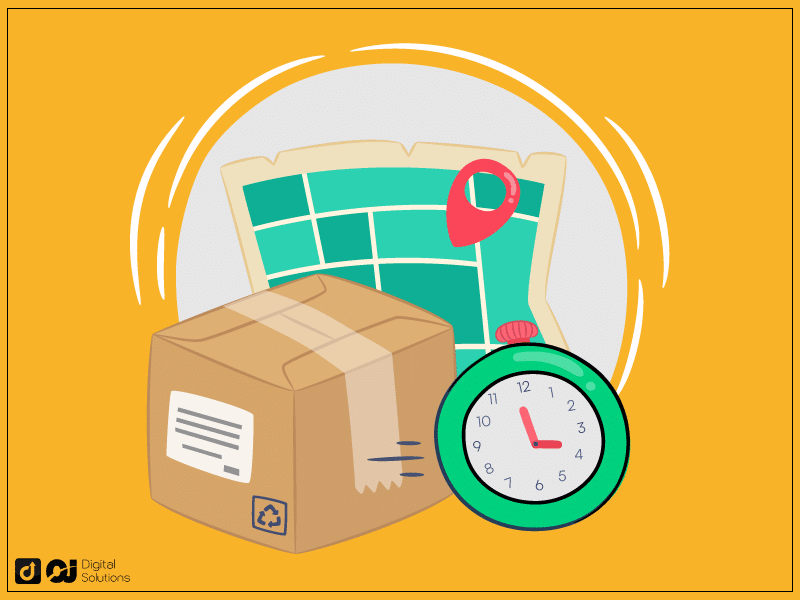
Several factors affect the freight’s transit time, such as distance, season, route, and transportation mode. However, these are some rough estimates to help you decide which shipping and transportation methods work for you.
Sea shipping — 20-40 days or even longer
Air freight shipping — five to 10 days
Express freight shipments — one to three days
The express ground is the fastest ground shipping because the freight does not stop moving until it reaches the final destination. However, air freight shipping is usually faster than ground, making it ideal for time-sensitive shipments.
With the exception of expedited air shipment, full truckload or FTL is usually the fastest and most cost-effective way to transport goods by road.
On the other hand, less-than-truckload or LTL typically has a longer transit time than FTL because it contains different smaller shipments combined into a single load. Thus, it periodically stops for loading and unloading.
How to Prepare Goods for Freight Shipping
Follow these tips to ensure the safety of your freight shipments.
Go through your paperwork and read the freight carrier instructions.
Separate breakable and unbreakable items. Fragile products should have their own shipping containers to prevent damage.
If you’re not using pallets to ship your goods, use enough packing materials to provide cushion and prevent items from shifting during the freight shipment.
Use straps, bands, and shrink wrap to secure all the contents to the pallet or within the shipping container.
The standard freight shipping recommendation for large and multiple items is to use pallets and shrink wrap for additional protection.
Put heavier items at the bottom if you need to combine different goods in a pallet. Also, avoid over-packing goods in a pallet that they hang over.
Label your packages and pallets with the destination address, phone number, and handling instructions. Note that labels should be on all sides of the shipping containers or boxes to make them visible.
Prepare all the documents for the shipment, including those that your freight carrier will need to review.
Take pictures of each pallet or package before your freight carrier picks it up. This will come in handy if something goes wrong in the shipment.
Move the packaged shipments to the building area where your carrier will pick them up.
What Labels Do You Need to Attach to Your Pallets?
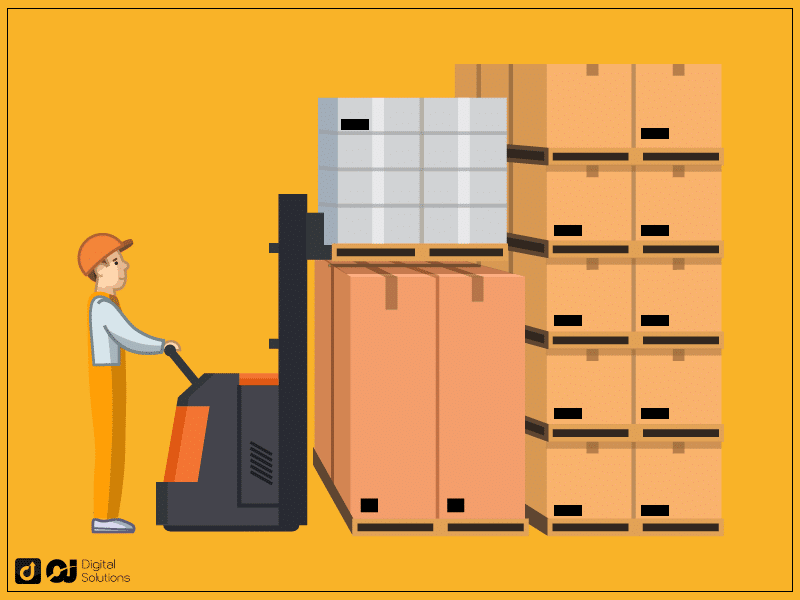
Standard freight pallets should have these labels:
The shipper’s address
The shipper’s telephone number
Packing list
Bill of landing or BOL
You should also attach a certificate of origin and an ecommerce invoice for international freight shipping.
Additionally, affix the required labels to all sides of the boxes or containers so they are visible.
Best Companies Known for Shipping Freight
Here is a list of the most common freight carriers in the industry. Do your research and compare quotes from different providers to pick the one that best suits your needs and budget.
AAA Cooper
Averitt Express
Central Freight
Central Transport
Conway
Custom Companies
Daylight
Dayton Freight
Dohrn
Estes
JB Hunt
Land Air Express
Landstar
Midwest Motor
New England Motor Freight
New Penn
Oak Harbor
Old Dominion Freight
R&L
Roadrunner
Saia
Schneider National
Southeastern Freight
USF Holland
Werner
Frequently Asked Questions (Freight Shipping FAQs)
What Is Freight Transport?
Freight transport, also called freight forwarding and freight shipping, is the process of transporting commodities and merchandise goods from point A to point B.
Currently, ocean shipping accounts for the vast majority of global trade, around 90% of all traded goods.
What Items Can You Ship Via Freight Shipment?
You can ship just about anything. However, the goods should weigh over 150 lbs. before most carriers consider them as freight shipments.
What Is Freight Trucking?
This transport mode uses a freight truck with a strong chassis and powerful engine for shipping freight of all weights and sizes. This vehicle usually delivers cargo between factories, warehouses, wholesalers, and retailers.
What Is Flatbed Freight Shipping?
Flatbed shipping is for cargo that does not require the enclosure of a dry van and does not fit within the dimensions of a standard truck trailer.
A flatbed truck’s design allows forklifts and cranes to load and unload goods from all angles.
What Is Flat Rate Freight Shipping?
Flat rate shipping means the price of shipping freight is based on how much you can stuff into the carrier-issued box, not the size, weight, and shape of the shipped item.
As long as you stay under the maximum weight, you can ship any weight for the same freight shipping rates.
How Does Freight Class Work?
It measures an item’s overall transportability by stowability, density, ease of handling, and liability. Class numbers range between 50 and 500.
The higher the class number, the higher the freight shipping cost is.
What Is LTL Freight Shipping?
LTL, which stands for less-than-truck, is the transportation of small freight that doesn’t require an entire trailer. Typically, carriers combine several smaller shipments to fill an entire truckload.
Because your shipment just uses a portion of the truck’s space, you only pay for the area you use.
What Is Freight Collect in Shipping?
If the transportation agreement indicates the term “freight collect,” the receiver or consignee of the cargo is responsible for paying for its shipment.
What’s the Difference Between Parcel and Freight Shipments?
A typical parcel shipment is under 150 pounds and less than 160 inches by 108 inches long. Most of the packages sent to consumers arrive via parcel shipments.
By contrast, businesses use freight to move large quantities of goods around the globe through various transportation modes.
Should I Use a Freight Delivery Service?
If you don’t have enough time and resources to shop around for the best freight shipping company, it’s worth considering working with a freight delivery service.
This provider helps you find reliable contract carriers, manage the shipping process, and negotiate rates on your behalf.
The Bottom Line
If your ecommerce business has to transport heavy or large items long distances, you need to find a reliable freight shipping partner to ensure that your goods arrive at their final destination safely and timely.
It also makes sense to find a carrier that offers the cheapest rates. Currently, the United States Postal Service, or USPS, offers the lowest shipping rates.

